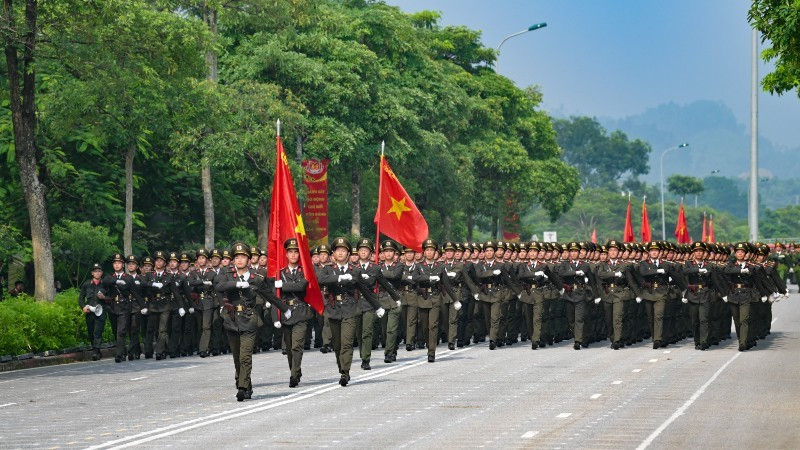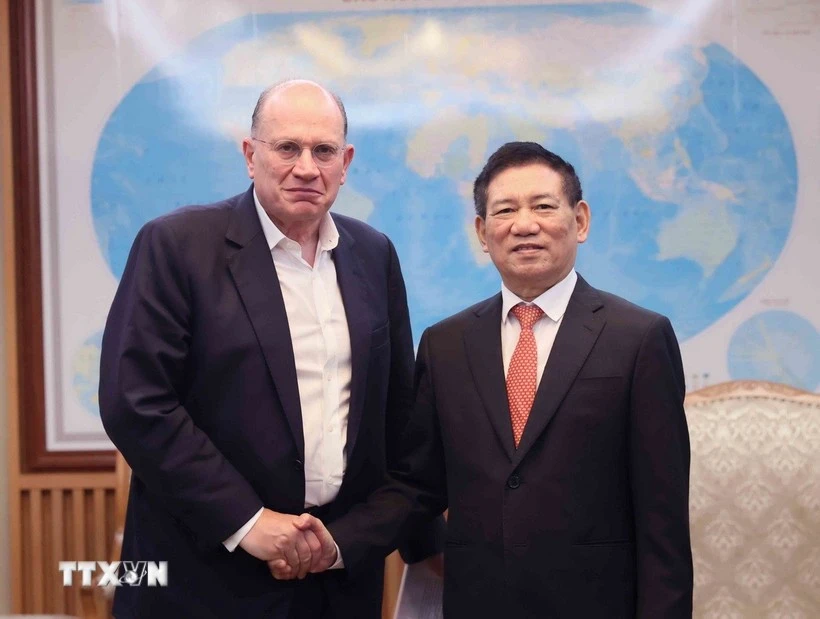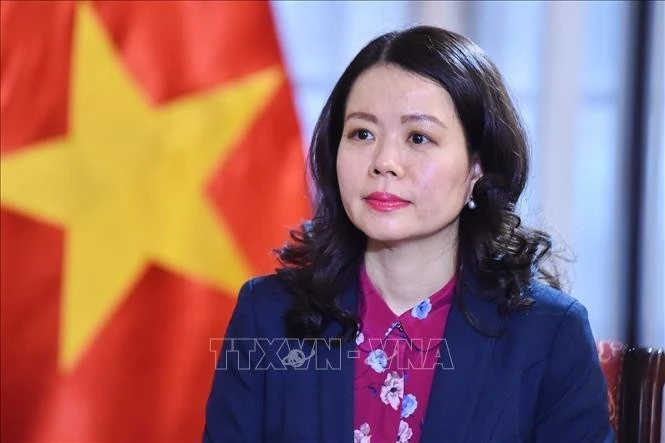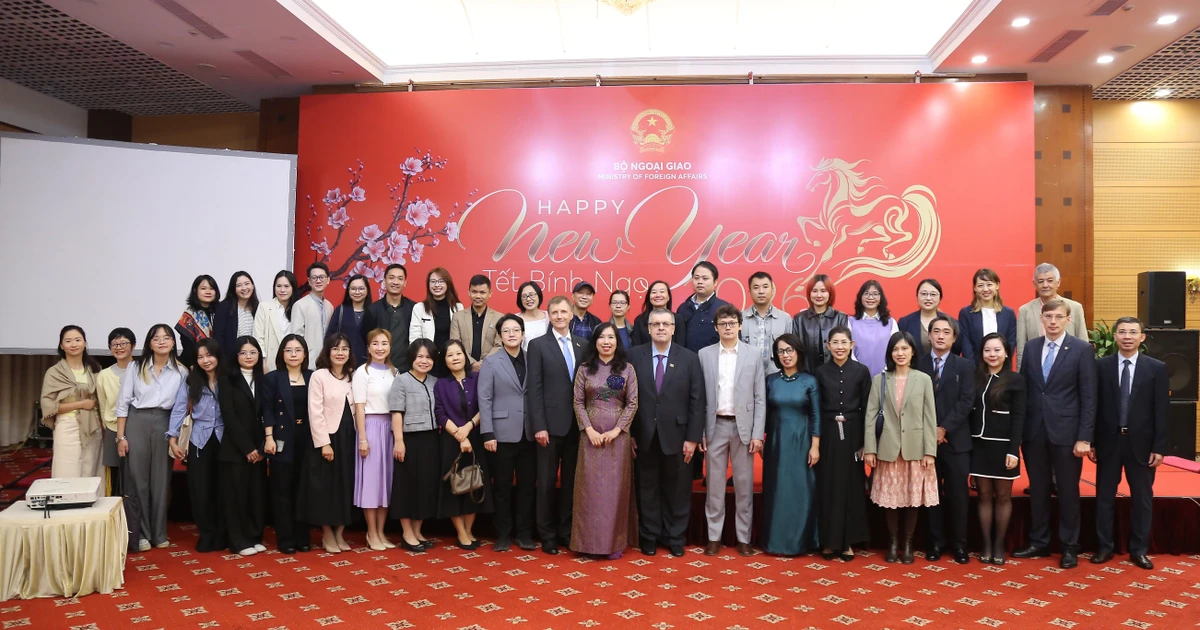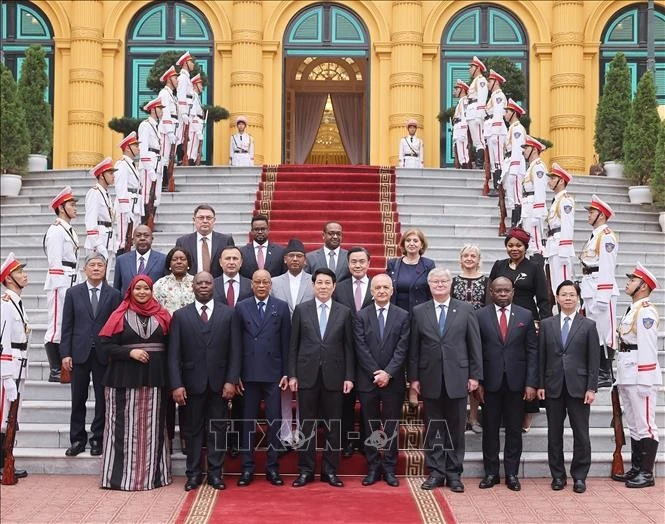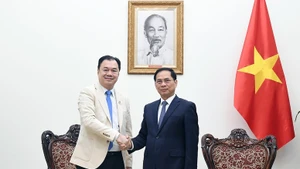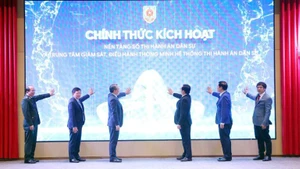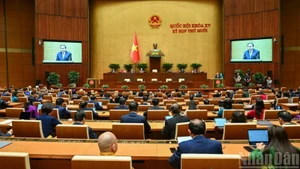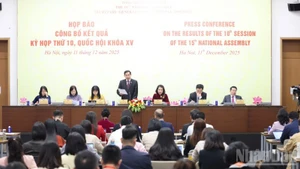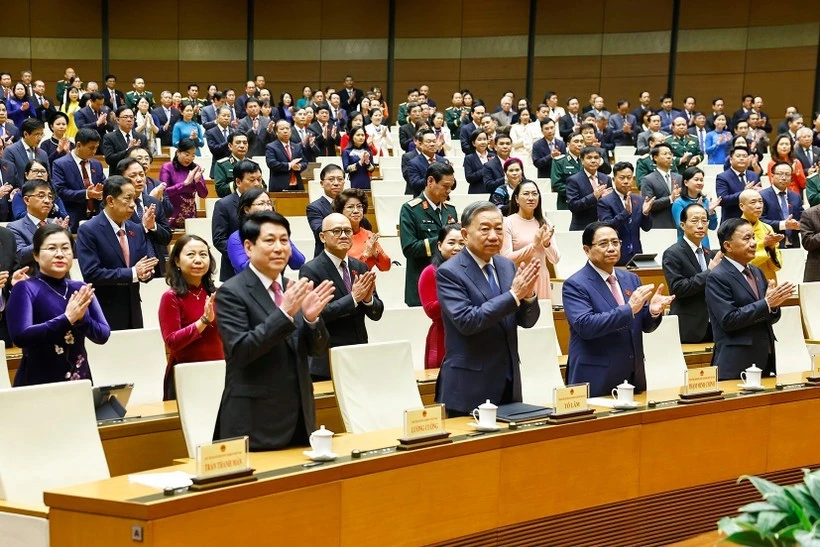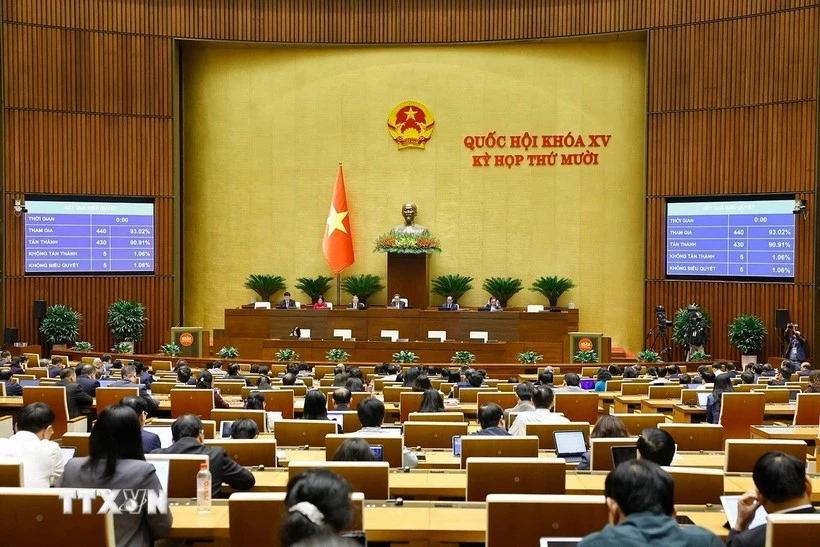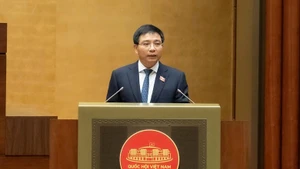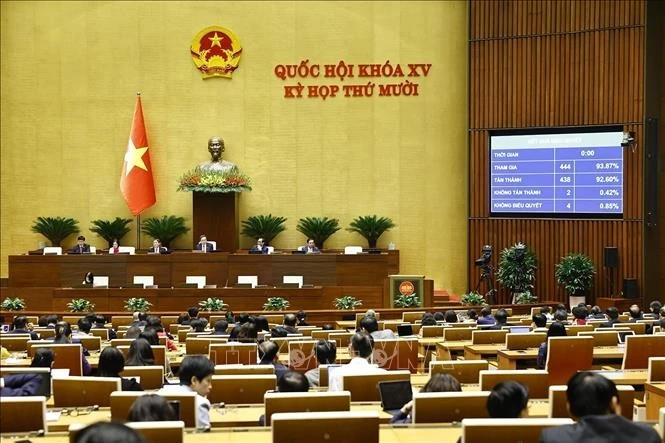Born in the surge of the August Revolution of 1945, the People’s Public Security Force has always been closely linked with the revolutionary cause of the Party and the nation. From defending the young revolutionary government, fighting in two resistance wars for national salvation, to safeguarding security and order in peacetime, the force has steadily grown, becoming regular, elite, and modern; serving the people.
Formed in the surge of August Revolution 1945
Under the leadership of the Party and President Ho Chi Minh, the force was formed from predecessor organisations such as the “Reconnaissance Unit”, the “Red Self-Defence”, the “Voluntary Police”, and the “Viet Minh Honour Guard”, with three initial organisations in the three regions: north, central and south. The main tasks were to suppress counter-revolution, maintain security and order, and protect the Party, the revolutionary government, and the lives and property of the people.
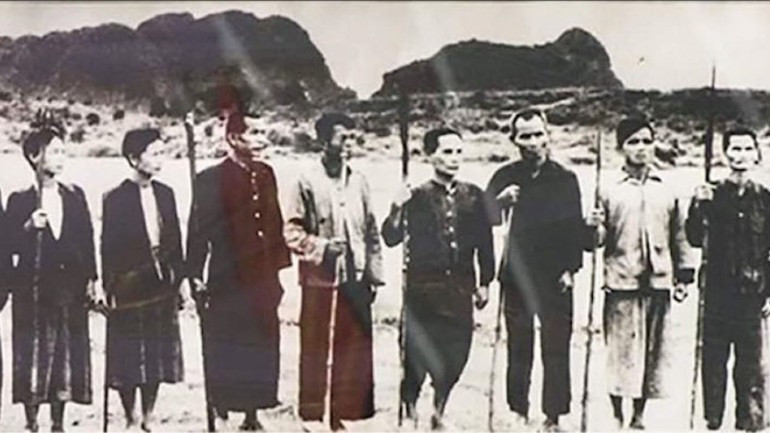
The exposure of the On Nhu Hau case in July 1946 smashed the plot to incite riots and overthrow the regime – a milestone confirming the bravery and ingenuity of the young People’s Public Security Force.
Resistance war against French colonialism (1946–1954)
Throughout nine years of resistance, the People’s Public Security Force both built up its strength and ensured the absolute safety of the Party and State’s headquarters in Viet Bac; protecting leaders, resistance bases, and major military campaigns, thereby contributing to the victory of the Dien Bien Phu Campaign, which ended the resistance war against the French.
Resistance War against the US (1954–1975)
In the north: The force promoted the movement to safeguard security and “protect secrets, prevent spies”; dismantled spy networks; carried out ingenious counter-intelligence operations to neutralise dozens of spy and commando groups deployed by foreign powers, and the Sai Gon administration. During eight years of US escalation and bombing, the police protected State property, people’s lives, and ensured transport for the frontlines.
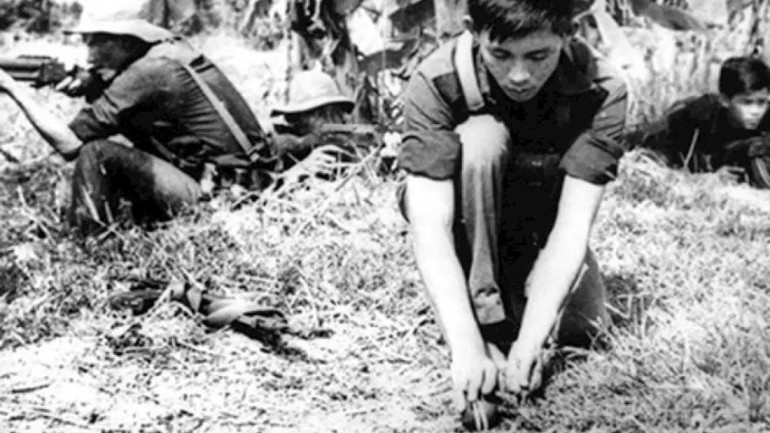
In the south: The security force grew amid hardships; close to the people and the land; foiled intelligence–counter-intelligence operations such as “Phoenix”, “Swan”, and “Sea Swallow”.
A typical example is Colonel To Quyen, Hero of the People’s Armed Forces, Deputy Head of the Tay Ninh Provincial Security Committee, who built the force, organised training on the battlefield, applied the art of “using the enemy against the enemy, using evil to destroy evil”; directed the dismantling of cases such as B8, S6, unmasking 21 infiltrators; protecting the north–south corridor; safeguarding R Base in the Junction City Campaign (1967); and coordinating attacks during the Tet Offensive of 1968.
During the Ho Chi Minh Campaign, he commanded the blockade of Highway 22, hoisted the flag at the Tay Ninh Police Headquarters on the morning of April 29, 1975. Together with the entire people, the southern Security Force contributed to the great victory of Spring 1975, achieving national reunification.
After national reunification (1975–1986): Protecting the Government, crushing reactionaries
The People’s Public Security Force swiftly unified, took over newly liberated areas; hunted down remnants, dismantled reactionary organisations; implemented large-scale counter-intelligence plans, defeating the collusion between foreign spies and domestic reactionaries.
Between 1981–1984, in coordination with the Army, the force successfully carried out “Plan CM12”, smashing the reactionary organisation led by Le Quoc Tuy and Mai Van Hanh. Simultaneously, it joined the people and army nationwide in defeating invasions on the southwestern border, firmly defending the northern border, and fulfilling international duties in Laos and Cambodia.
Renewal and integration (from 1986 to present): Ensuring national security and social order
Hostile forces have intensified “peaceful evolution”, while organised crime, economic offences, corruption, drugs, and high-tech crimes have risen. The People’s Public Security Force has proactively monitored the situation, provided strategic advice to the Party and State, and issued and implemented resolutions and strategies to safeguard the Fatherland from early on and from afar [2].
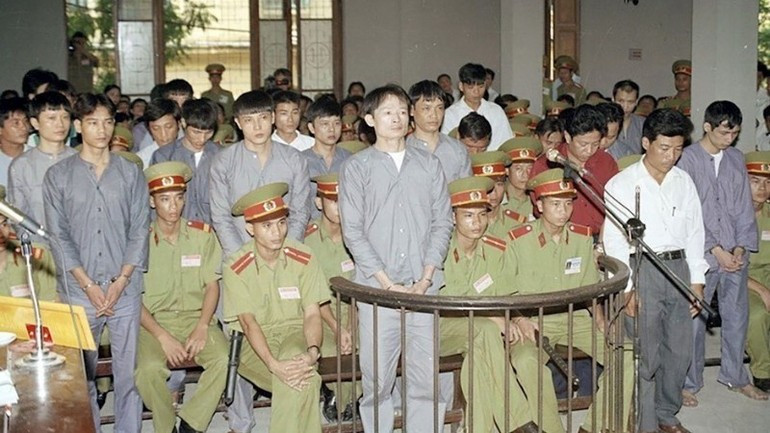
On the front of crime prevention and control, the public security force launched many campaigns, suppressing dangerous gangs (notably: the Nam Cam case, 2002); dismantling transnational drug trafficking networks; investigating and handling major economic and corruption cases; and combating high-tech crimes (such as the case led by Phan Sao Nam, 2018). State management of social order and safety was strengthened, contributing to a disciplined and safe society.
Building the force: Clean, strong, regular, elite, modern
The overarching orientation has been institutionalised in the 2013 Constitution (Article 67) and Party resolutions: from the goal of “regular, elite, step-by-step modernised” to the roadmap “modern by 2030” [1][3]. Resolution 12-NQ/TW (March 16, 2022) was the first thematic resolution on building the People’s Public Security Force in the new situation [3].
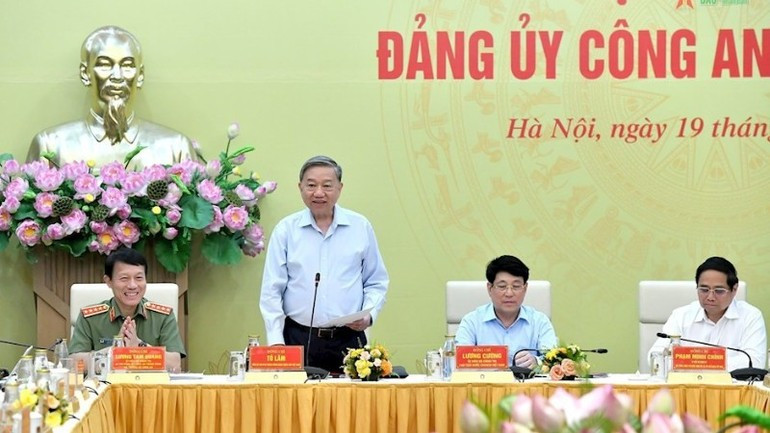
The apparatus was streamlined under the motto “lean ministry, strong province, comprehensive district, grassroots-based commune”. A breakthrough reform was deploying regular public security officers to take charge of commune-level police positions at 100% of localities, improving security from the grassroots.
Digital transformation and innovation in serving the people
Entering the fourth industrial revolution era, the People’s Public Security Force has identified the application of science–technology and digital transformation as central tasks. The Ministry of Public Security has pioneered the Government’s Project 06 on developing applications of population data, identification, and electronic authentication for 2022–2025, with a vision to 2030 [4]. The core is the National Population Database and the VNeID electronic identification system. Many high-level online public services have been provided end-to-end, creating convenience for people and businesses.
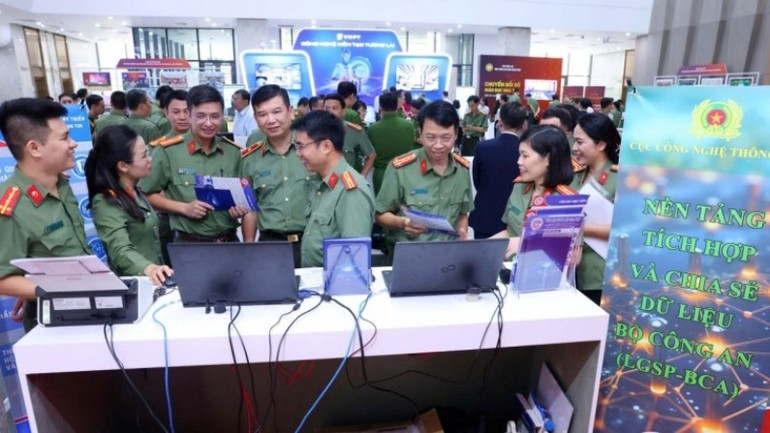
In cyberspace, specialised units have been strengthened; promptly detecting, preventing, and handling violations of law; safeguarding digital sovereignty under the Cybersecurity Law (2018) [5]. The force has renewed its service style, taking people’s satisfaction as the benchmark.
International integration and security industry development
The People’s Public Security Force has expanded cooperation with Interpol, Aseanapol, and foreign law enforcement agencies; coordinated in combating transnational crime, terrorism, drugs, human trafficking; and arrested fugitives hiding abroad. Viet Nam has dispatched officers to participate in United Nations peacekeeping missions.
The policy of developing an autonomous, modern security industry was emphasised in Conclusion 158-KL/TW (May 26, 2025), focusing on cyber security, digital technology, automation, artificial intelligence (AI), and the production of professional equipment and technical means.
“Our public security are the People’s Public Security Force, serving the people and relying on the people for work,” President Ho Chi Minh.
“Modernise management methods, with digital transformation at the core; taking people’s satisfaction as the benchmark,” from the Prime Minister’s remarks.
Conclusion
Over 80 years of building, combat, and growth, the People’s Public Security Force has remained absolutely loyal to the Party, the Fatherland, and the people; worthy of being the core armed force safeguarding national security, social order, and safety.
Upholding its heroic tradition, the entire force is determined to build a regular, elite, and modern People’s Public Security Force; close to the people, serving the people; contributing to the goal of becoming a stable, prosperous digital nation by 2030, and a developed, high-income country by 2045.
References
[1] Constitution of the Socialist Republic of Viet Nam (2013), Article 67.
[2] Resolution 28-NQ/TW of the Party Central Committee (2013) on the Strategy to Safeguard the Fatherland in the New Situation.
[3] Resolution 12-NQ/TW of the Politburo (March 16, 2022) on building a truly clean, strong, regular, elite and modern People’s Public Security Force.
[4] Decision 06/QD-TTg (January 6, 2022) of the Prime Minister approving Project 06 on population data, identification and electronic authentication.
[5] Cybersecurity Law (2018) and its guiding documents.
[6] Conclusion 158-KL/TW (May 26, 2025) of the Politburo on developing the security industry.
